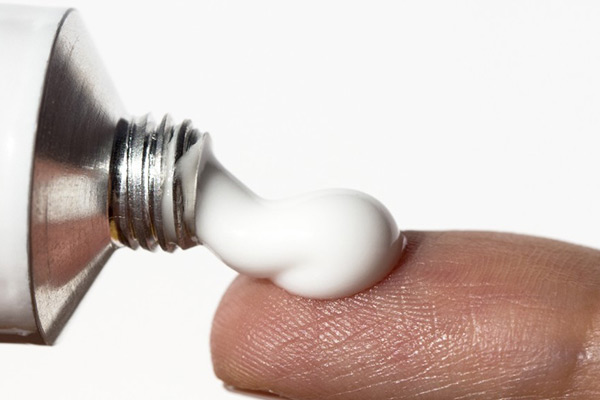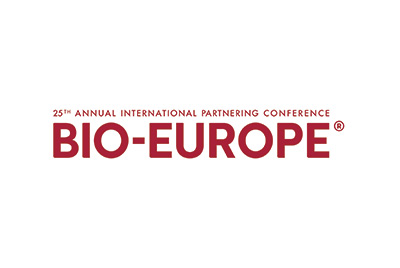Topical MGB-BP-3
One example of a very pathogenic bacterial infection is Staphylococcus aureus, a Gram-positive bacterium responsible for many skin infections. A S. aureus infection can results in abscess formation, gastroenteritis, scalded skin syndrome and toxic shock syndrome. Many strains produce penicillinase, a toxin that inactivates several B-lactam antibiotics, making resistance and treatment an issue. Some Staphyloccoci are already resistant to numerous antibiotics.
Staphylococcus infections are common and can cause superficial and diffuse skin lesions, vesicular pustules and crusting (impetigo), cellulitis, focal and nodular abscesses, deep cutaneous abscesses and severe necrotising skin infections. Staphylococcus is often associated with wound and burn infections, post-operative incisions and mastitis. Treatments for these conditions are typically antibiotic application, abscess draining, debridement of necrotic tissue and removal of foreign bodies. The antibiotic choice is dependent on the infection site, severity and antibacterial resistance.
Methicillin resistant Staphyloccocus aureus (MRSA) is very common in hospitals and there is already emerging resistance to clindamycin and erythromycin, in which case the treatment of choice is vancomycin, however vancomycin resistant strains of Staphylococcus are emerging, which makes treatment options limited.
The preliminary assessment of topical MGB-BP-3 included early pre-formulation work and an infected MRSA skin study. Pre-formulation work, a small scale feasibility skin infection model, and a full scale skin infection model using MRSA, has been completed and assessed.
Even in this currently un-optimised model, we are seeing a MRSA kill rate of up to 60% when compared to control samples, providing an exciting future opportunity for further development.

Our topical programme: MGB has successfully completed a full-scale feasibility study to assess the suitability of MGB-BP-3 to be used topically to treat Gram-positive skin infections.




